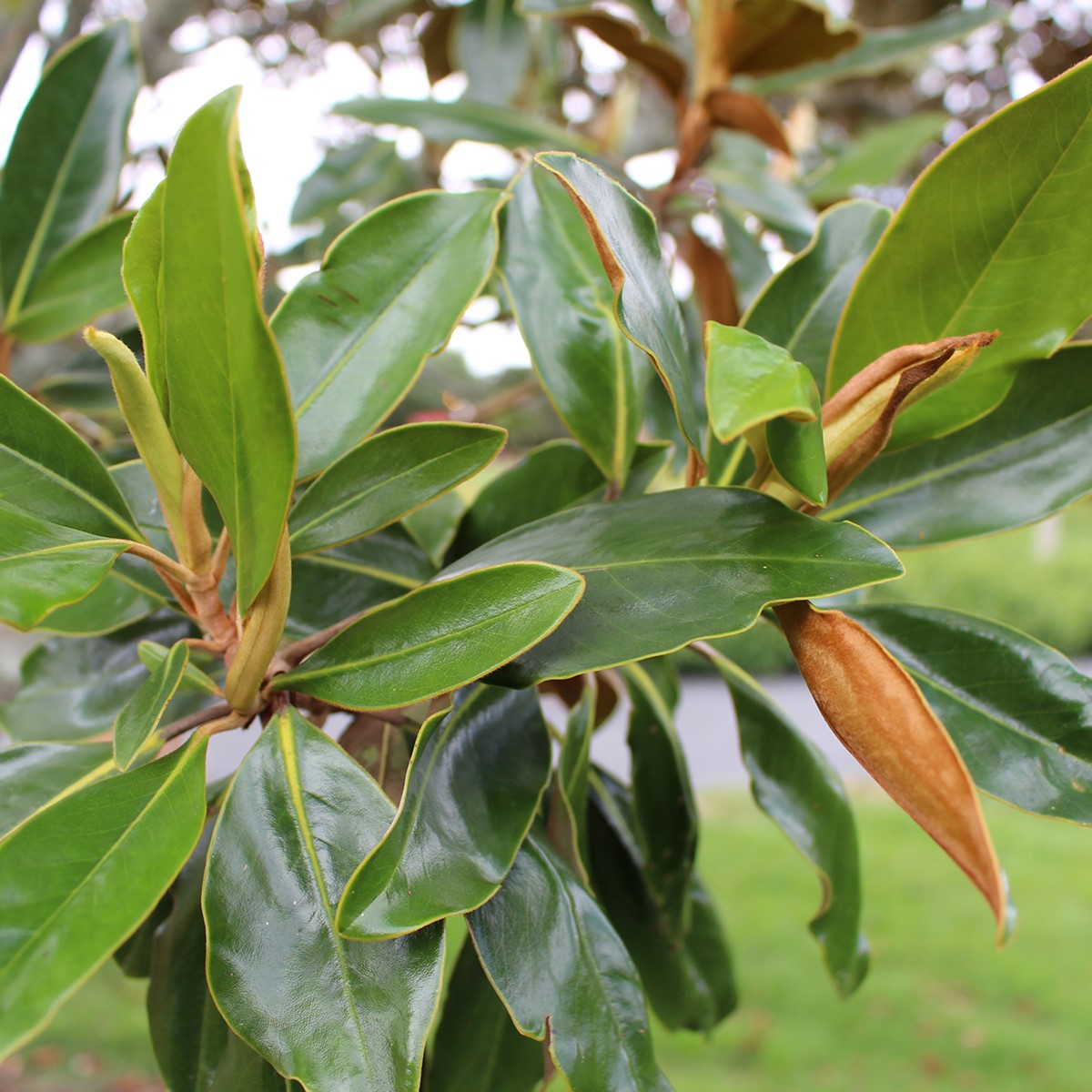Physical characteristics
A spreading herbaceous perennial with upright stems that grow up to 1m tall and wide.
Flowers and foliage
Coral-
Preferred site
Prefers a shelte
Preparation for planting
Always choose healthy well-grown
Maintenance tips
Apply mulch
Like all members of the ginger family cannas are greedy growers give them plenty of fertilizer every spring and summer to ensure the clump remains vigorous.
In climates where the ground freezes hard in the winter, you may dig up your
Pests and diseases
Cannas in Auckland can suffer from rust in summer when there is high humidity. The affected stems should be cut back and burnt if possible. Rust spores are wind-borne so if the material is left on the ground or composted then it could re-infect the
Location at Auckland Botanic Gardens
Perennial Garden


.jpg?anchor=center&mode=crop&width=1200&height=800&rnd=132106948129200000)
AKL.jpg)
.jpg?anchor=center&mode=crop&width=800&height=500&rnd=132106948061200000)
.jpg?anchor=center&mode=crop&width=800&height=500&rnd=132106948129200000)
AKL.jpg?anchor=center&mode=crop&width=800&height=500&rnd=132106948200070000)
.jpg?anchor=center&mode=crop&width=1200&height=1200&rnd=131732822304530000)

.jpg?anchor=center&mode=crop&width=1200&height=1200&rnd=132106949760530000)
 .jpg?anchor=center&mode=crop&width=1200&height=1200&rnd=131732822977030000)